More than anything, Jasmine Star remembers the “freakish,” subfreezing October temperatures on her long-distance hike across Oregon, traveling south from the Washington border on the Pacific Crest Trail.
Her water was frozen, along with her water filter and toes. She had pain in the top of the arch of her foot. Her phone battery was draining fast. And then her navigation app failed, making it significantly harder to find a water source.
Her destination was Old Station, still 200 miles south, the endpoint of a previous section hike in northern California. It was 2019, and she had reached her first goal—the southern border of Oregon—about 100 miles before. But with luck turning against her, Old Station seemed increasingly out of reach. “It was a tough year: They had early snowstorms and I kept getting knocked off the trail, so it was taking a lot longer than I thought,” she remembers.
She stopped at a relatively obscure Forest Service road crossing, Carter Meadows Summit, to decide what to do, when a trail angel pulled up in his van and offered her a ride to the Greyhound Bus station in Redding, 120 miles away. And just like that, her latest section hike on the PCT was over.
“Choosing to end my trip early was a low point,” she says. “But having the strength of will to actually quit was a high point.”
The reality is, Star never even intended to hike the entire PCT in the first place. Here’s how she wound up there.
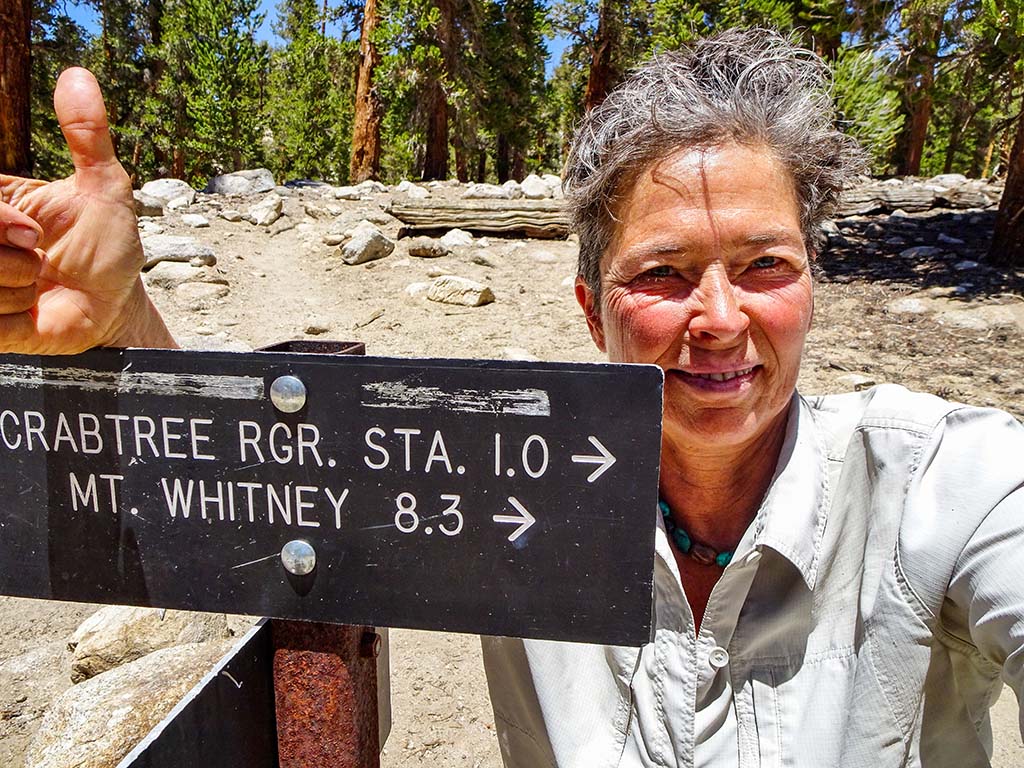
An Unexpected Trek
As an adolescent, Star’s outdoorsy parents sent her to East Africa on an Outward Bound program, where she learned to navigate in the wilderness and began to develop a sense of confidence. As a young adult, she loved the outdoors and was an environmental activist, but over the subsequent decades, she began building her copyediting career and was spending more and more days in front of her computer—indoors. When she did get outside, her experience largely consisted of occasional camping and kayaking trips, Sierra Club service trips spent building trails and a few shorter backpacking adventures to get her nature fix. She fell in love with backpacking, but a longer trek wasn’t on her radar. (Yet.)
Following her father’s passing at age 54 in 1996, and her brother’s at age 38 in 2009, however, Star realized there are no guarantees in life and decided not to put her dreams on hold any longer. Then, in 2012, she turned 50 and was diagnosed with severe hip arthritis: “Turning 50 made me think, ‘Oh wow, I’m definitely in the second half of my life, and from now on I’ll probably decline more than I improve,’” she says.
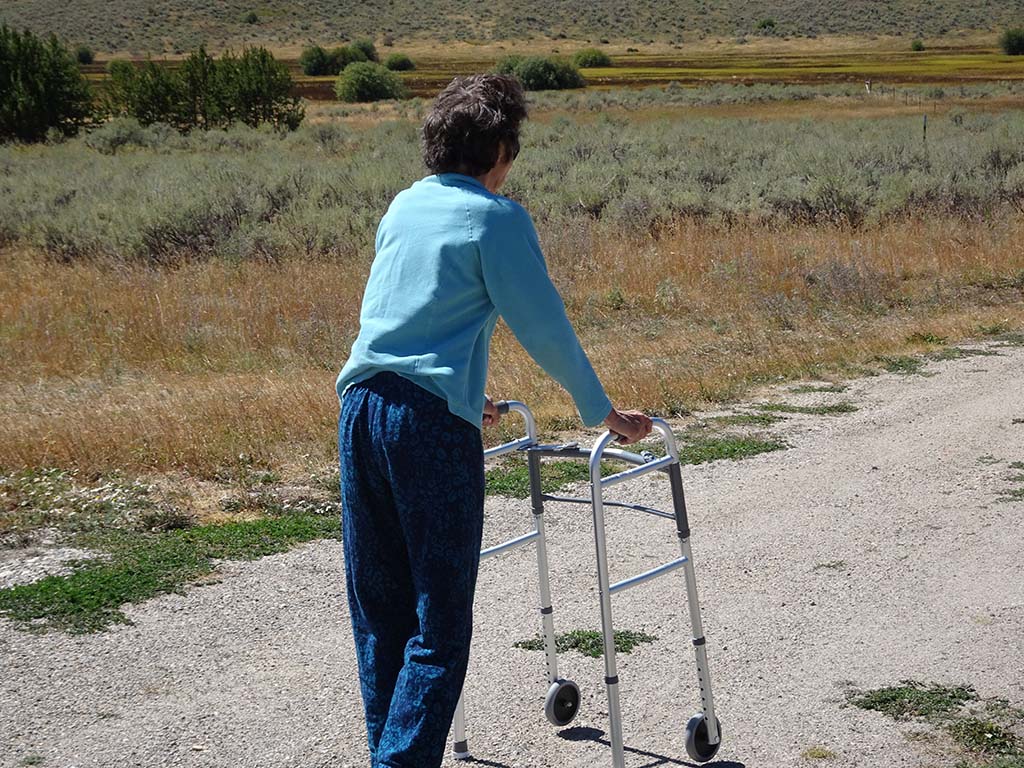
Rather than slow down, she knew it was time to take her next step—or thousands of steps, as it would turn out. That summer, she set out on her first solo long-distance hike on the John Muir Trail. Her dream, she says, was to continue walking—first along the Muir Trail, and then on to other sections of the 2,650-miles of the Pacific Crest Trail, starting with the most scenic.
In 2014, she completed another 200 miles from Sierra City to Tuolumne Meadows in Yosemite National Park. Then, in 2015, she found herself hiking across Washington state, from Canada to the Oregon border on the Columbia River. “I like being immersed,” she says. “I love being out there for a long time and seeing the landscape change every day.”
Over time, another realization started to sink in. While she felt herself slowing down with age, in many ways she also felt stronger than she ever had before. She still had plenty of good miles left in her.
She settled into a new identity as a MYTH, or a multi-year thru-hiker—an apt title for someone like Star, who enjoys epic journeys and moves at her own pace.
The Trail Will Still Be There
Any longtime hiker knows that the ups, of course, come with some downs, and Star’s journey is no different. Still, as the landscape changes, she continues to follow her dreams.
In 2016, Star’s moderate hip pain became increasingly persistent, and she found herself taking a regular regimen of ibuprofen just to keep going. She began dragging herself along like “an 80-year-old woman” before she ultimately had her hip replaced in mid-August of that year.
Then, after a three-year hiatus, she returned to hiking the PCT in 2019—the year her water supply froze. The following year, in the early days of the COVID-19 pandemic, she stayed away from the trail when the Pacific Crest Trail Association (PCTA) asked thru and section hikers not to come.
While the PCT stayed in the back of her mind, she continued hiking nearer to home. And in 2021, she was back to chipping away at the miles of the PCT, finishing a chunk of trail that headed northbound from Hiker Town to Crabtree Meadows, then back south to exit at Cottonwood Pass. A few weeks later, she traveled southbound from California’s Carter Meadows Summit to Old Station.
Now, after more than a decade, Star is closing in on the end of her ambitious journey from the Mexican border to Canada, section by section.
With only the southernmost 518 miles to go, Star says she can’t imagine that anything will stop her now: “There is just a desire to complete this,” she says. “It’s a great trail. It’s well-designed and easy to walk on. The grade is gentle and the tread is good.”
She was planning to head northbound from the Mexico border (mile 0) to Hikertown (mile 518) to complete the final leg in the spring of 2023, but changed her plans because of the a mammoth snow year. Now, she’s hoping to do that stretch southbound in the fall of 2024.
“I think this is one of the greatest lessons of long-distance hiking: It’s important to be flexible and adapt to conditions,” she says. “As much as I’d like to succeed in any given goal, I also want to have a good experience on the trail. When the time is right, the southernmost Pacific Crest Trail will still be there.”
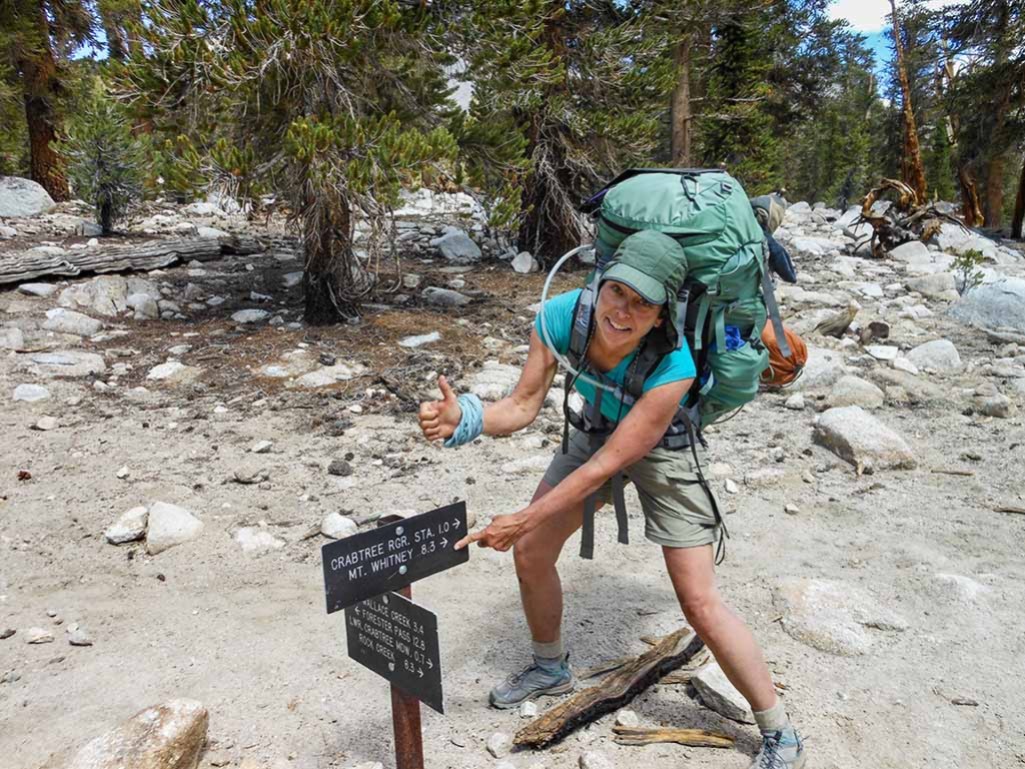
Jasmine Star’s Gear Picks for Hiking at Any Age:
Being an old-school hiker who started backpacking in earnest in 1988, I’m not as fixated on ultralight gear and base weight as many people are. But being an older person with deteriorating joints and a titanium hip, I do like to lighten my load as much as possible without sacrificing comfort and safety. These are my big three (backpack, tent and sleep system) as well as what keeps my feet happy:
Backpack
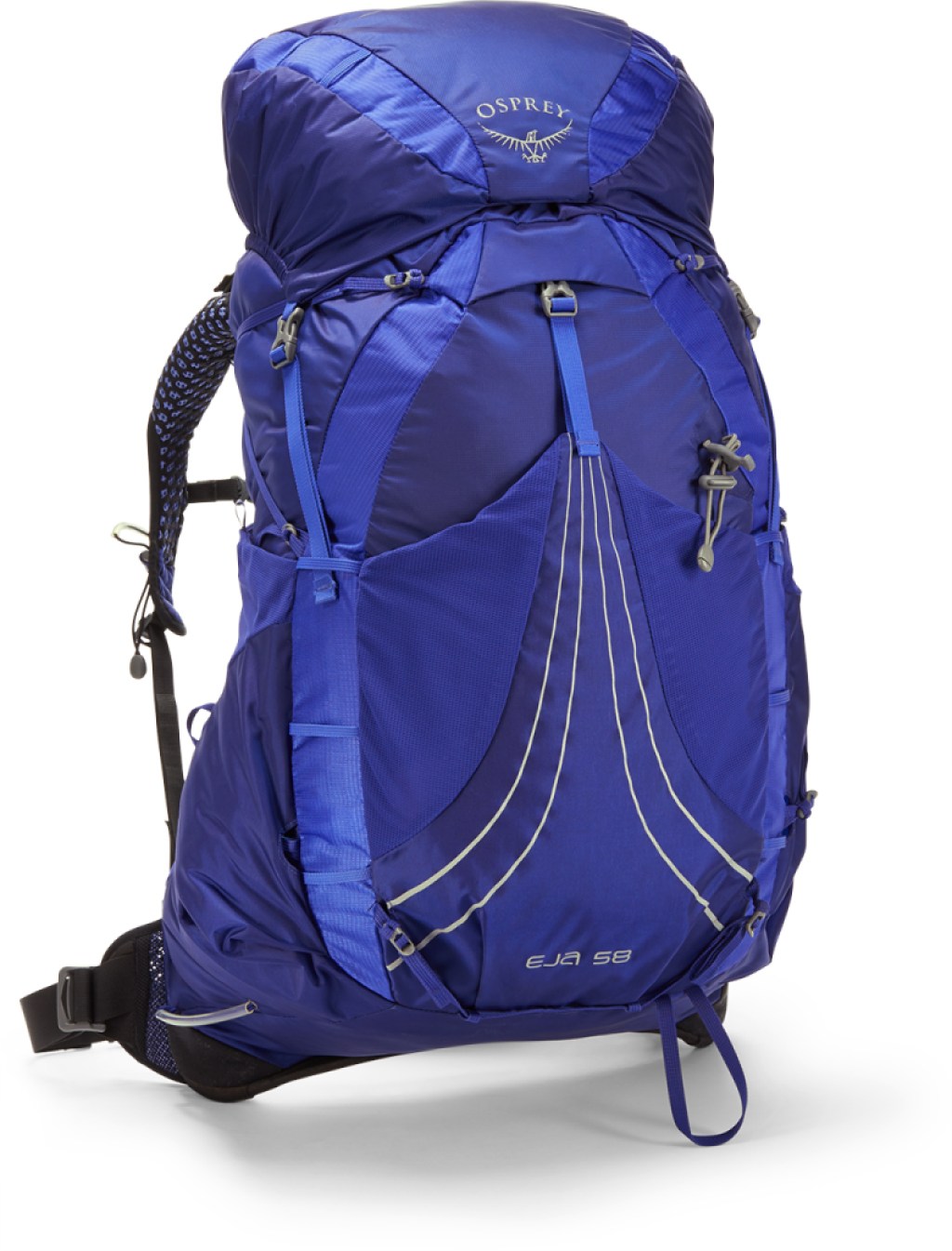
I actually loved those old external frame packs, with all of their pockets. When I finally made the switch to an internal frame pack in 2012, for my first long-distance hike, I went with Osprey. These days, the Osprey Eja is my pack of choice, in the 58-Liter size. I like a bigger pack so I don’t have to struggle to cram everything in. The shoulder straps and hip belt are well padded, which is important to me.
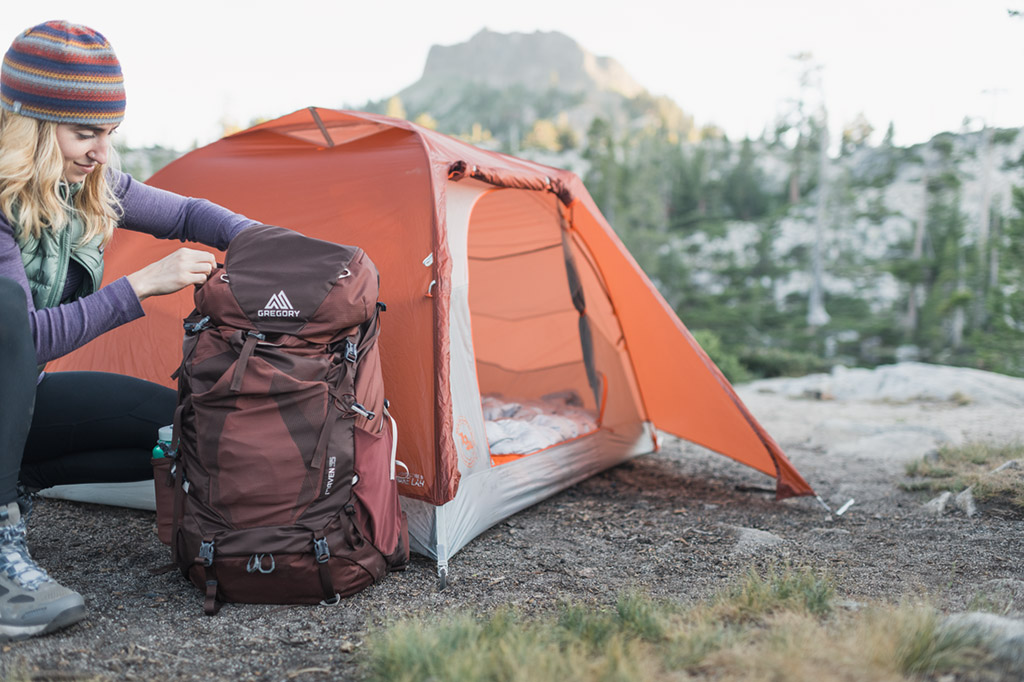
Tent
In 2012, I also wanted a lighter tent for my trip on the John Muir Trail. Back then, Big Agnes tents were one of the lightest options. I still like them because they’re well-designed and durable, and because Big Agnes has such great customer service. If I’m not fixated on weight, I like the Copper Spur 2 Platinum so I can stretch out and bring all of my gear inside. My lighter choice is a Tiger Wall UL1. Both are side-entry tents.
The 96-inch long Big Agnes Copper Spur HV UL2 Tent – Long should fit gear similarly to Star’s favorite tent, and the Big Agnes Tiger Wall UL 1 Solution Dyed Tent is a great lightweight option, weighing in at a trail minimum of 1 pound, 14 ounces.
Sleeping Bag or Quilt
For years, I couldn’t fathom replacing my sleeping bag with a quilt. In 2021, I finally made the leap. I chose an Enlightened Equipment Revelation Quilt and love it. My only regret is that I chose a 20-degree quilt. Next time I’ll go for a 10-degree quilt, even though it will be a bit heavier. One huge bonus with a quilt is that it’s so much easier to move around at night without getting twisted up.
Our favorite 20-degree quilt is the Therm-A-Rest Corus 20 Quilt.
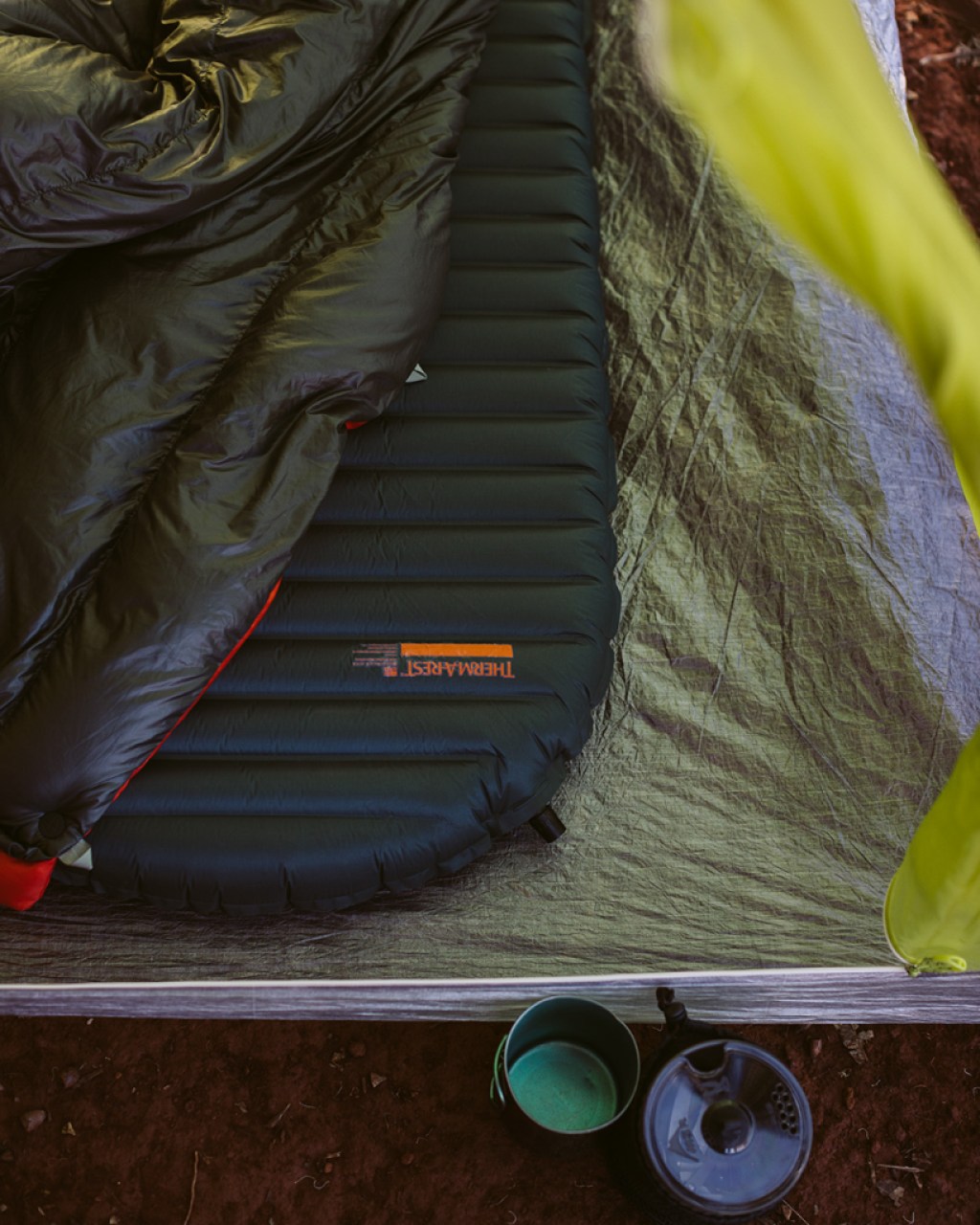
Sleeping Pad
I have the Therm-a-Rest NeoAir XLite, but it’s noisy, and I seldom use it. I upgraded to a lighter NeoAir UberLite and love how light it is. But it seems to be prone to failure or puncture. For trips in the desert or other places where there are a lot of pokey things, I look forward to trying out my new Exped Ultra 3R.
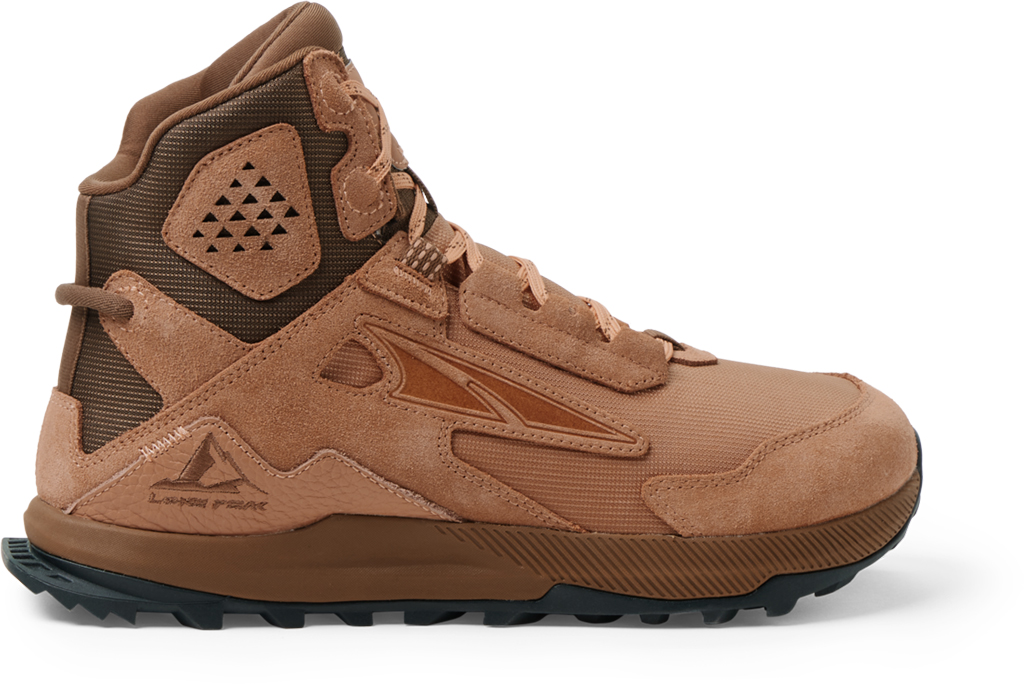
Footwear
I used to get a lot of blisters and other foot issues. I eventually learned not to use waterproof shoes, and that solved my blister problem. With age and so much pounding of my feet, I developed forefoot pain, even with trail runners. A few years ago I made the switch to zero-drop trail runners and that has worked well for me so far. But footwear is so personal, and I hesitate to recommend anything. Altra Lone Peaks seem to keep my feet happy, but I had terrible foot problems while wearing the very similar Altra Olympus.
And for socks, most long-distance hikers swear by Darn Tough socks. I love them too. They’re durable and comfortable and don’t stretch out. I’m prone to blisters between my toes, so I also use Injinji toe socks if I start to get hot spots.
